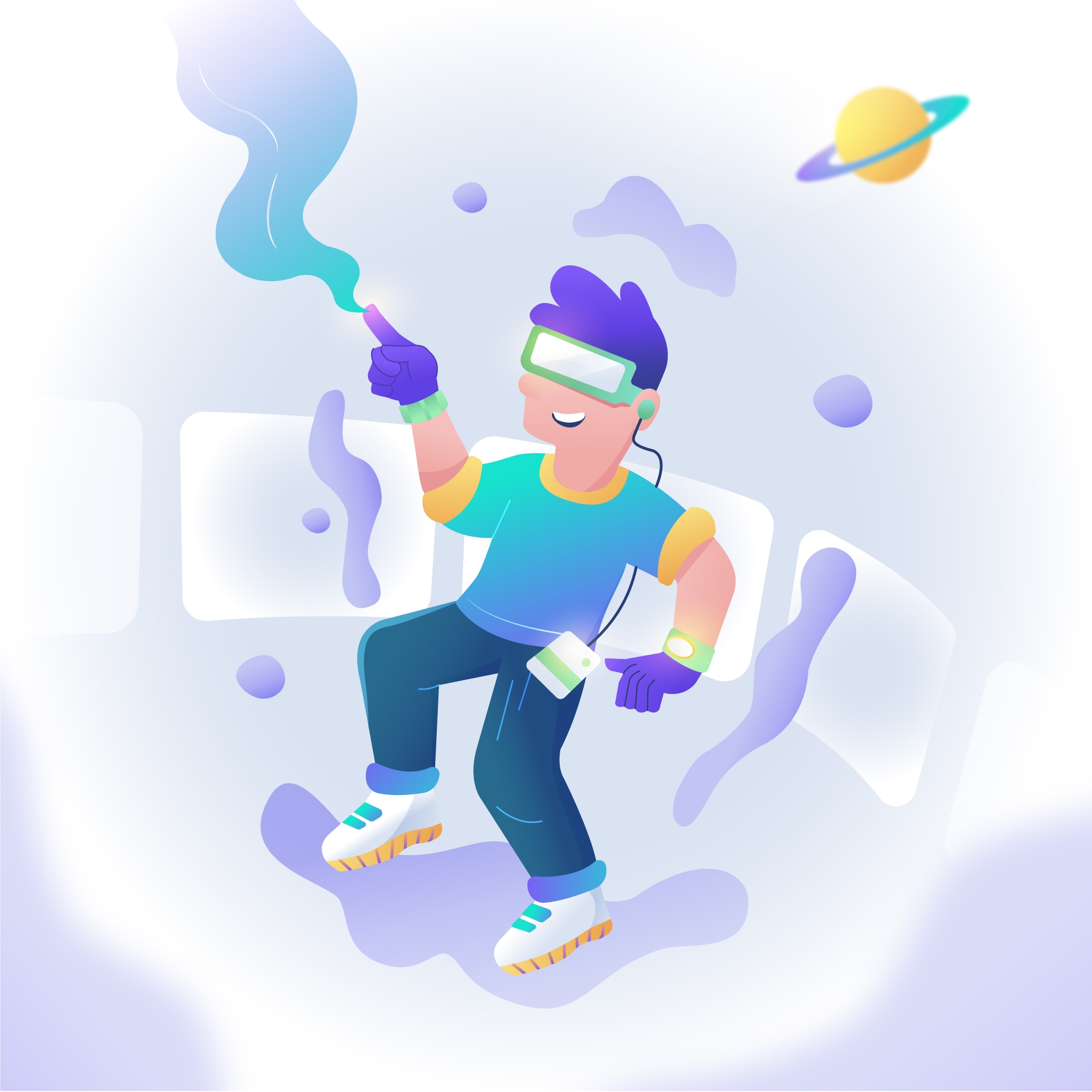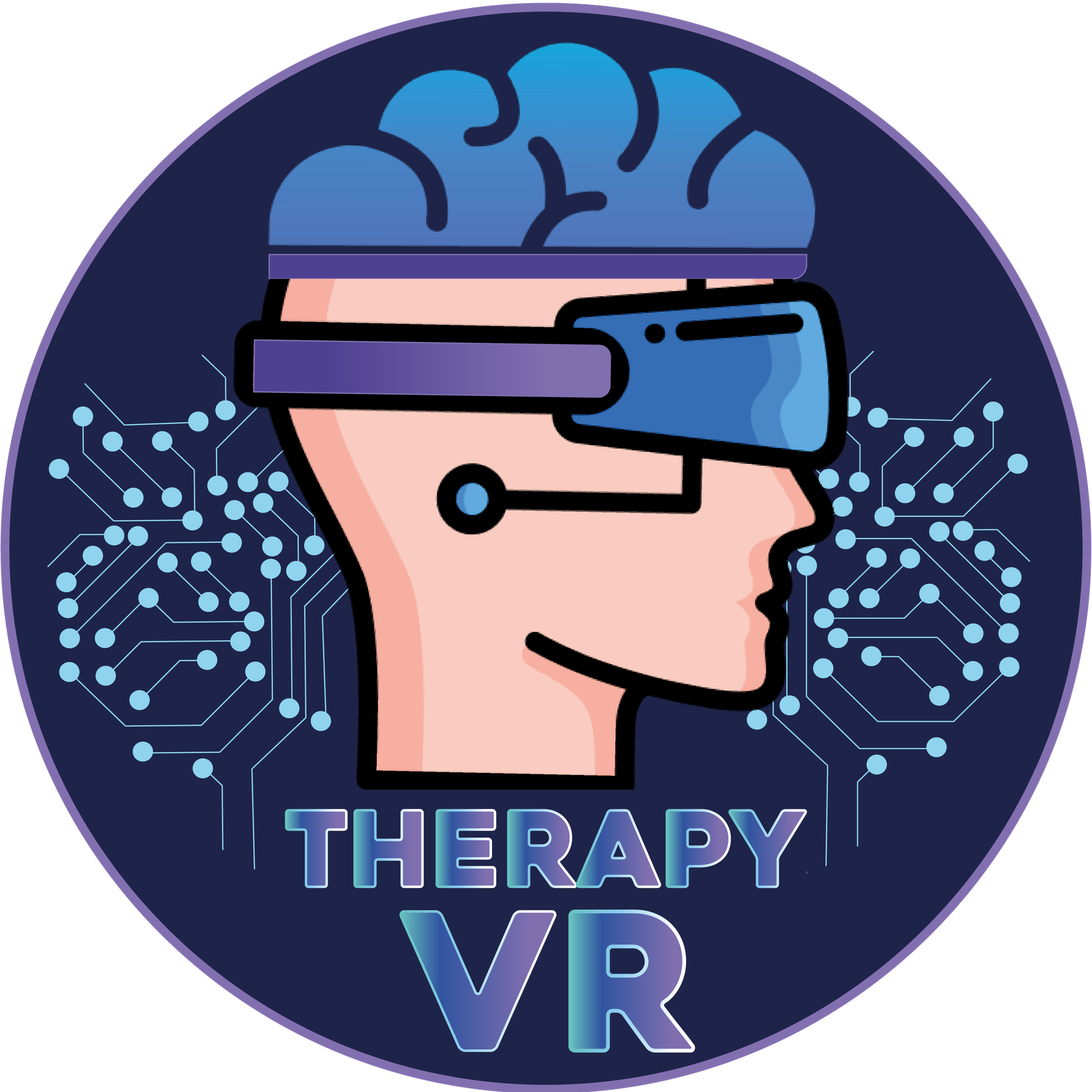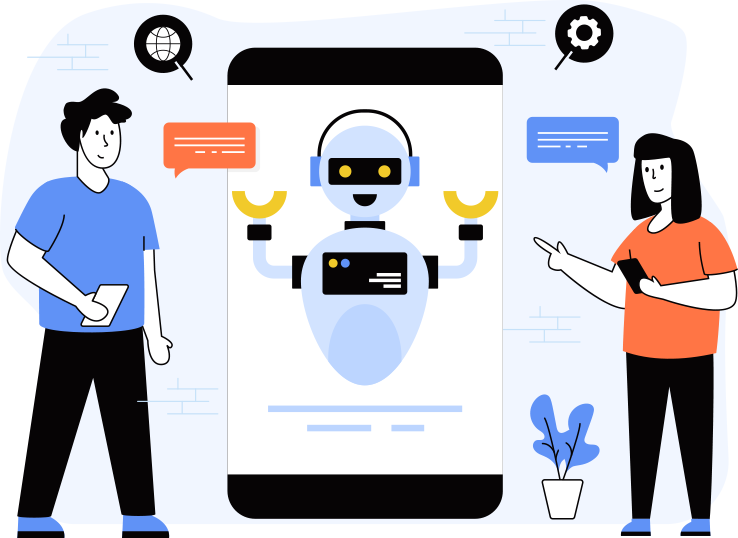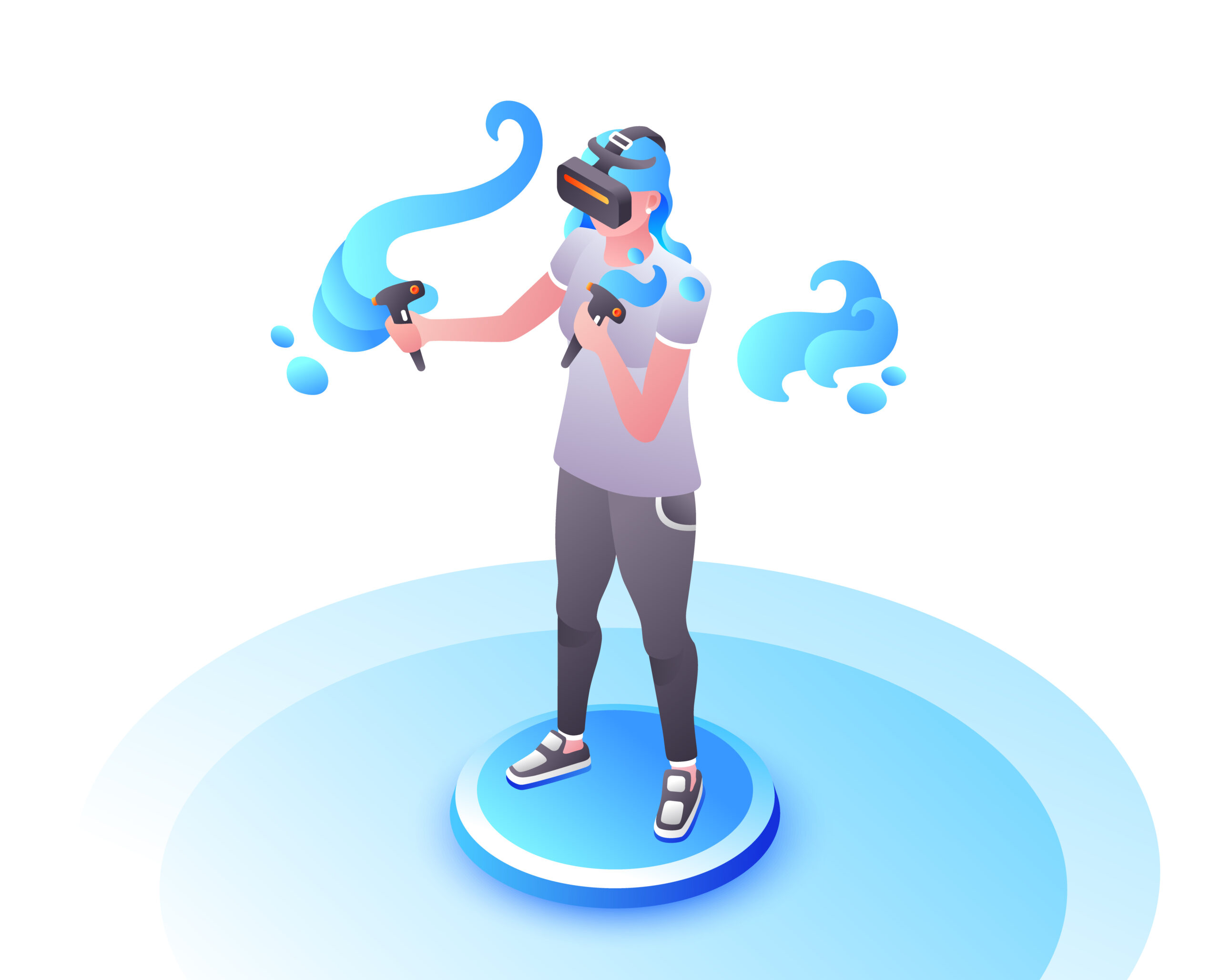“Is it safe?” That’s the first question most parents ask when they hear about virtual reality for children. It’s a fair question — because when it comes to our kids, safety always comes first. At Therapy VR, we believe technology should never overwhelm or replace childhood. Instead, it should support growth, healing, and joy.
So, let’s dive into the facts, the myths, and the peace of mind you deserve.
What Is Therapy VR?
Therapy VR is not a video game. It’s a therapeutic platform designed with child specialists and therapists to help children build skills, manage emotions, and engage in therapy in a way that feels fun and motivating.
Think of it as a playground with purpose: immersive worlds where children can practice focus, movement, or coping strategies — all guided by therapeutic goals.
What Experts Say About VR Safety for Kids
- Age recommendations: Most VR headset makers suggest use for ages 12+, mainly to avoid eye strain and motion sickness. But research shows that short, supervised sessions are safe for younger children when content is designed for them.
- Therapeutic context: Unlike entertainment VR, Therapy VR is built for short, structured sessions (15–30 minutes). That means no endless scrolling, no overstimulation — just focused, guided experiences.
- Clinical benefits: Studies have shown VR can reduce anxiety, distract from pain, and improve engagement in physical and cognitive therapy.
The Benefits of VR Therapy for Children
- 🎮 Engagement: Kids are more motivated to repeat therapy exercises when they feel like games.
- 🛡️ Safe exposure: VR allows children to face fears (like social situations or phobias) in a safe, controlled environment.
- ✨Emotional growth: Helps children practice mindfulness, resilience, and emotional regulation.
- 💪 Physical rehabilitation: Makes repetitive exercises more enjoyable, increasing consistency and progress.
Safety Guidelines for Parents
We encourage parents to think of Therapy VR as a toolbox, not a babysitter. Here’s how to keep it safe and effective:
- Keep sessions short and supervised (15–30 minutes).
- Ensure the headset fits properly and is adjusted for comfort.
- Watch for signs of eye strain or motion sickness.
- Balance VR therapy with real‑world play and interaction.
Why Therapy VR Is Different
- Designed with therapists: Every experience is built with therapeutic goals in mind.
- Child‑friendly design: Warm, playful, and accessible — not overstimulating.
- Measurable outcomes: Progress can be tracked, so therapy isn’t just fun — it’s effective.
- Cultural relevance: Experiences are adapted to local contexts, so children feel at home in the worlds they explore.
Safe, Guided, and Purposeful
So, is Therapy VR safe for kids? Yes — when used thoughtfully, with the right content and guidance. It’s not about replacing traditional therapy or play but about enhancing it with tools that children actually enjoy.
At Therapy VR, our mission is simple: to make therapy engaging, measurable, and joyful. Because when children feel safe and motivated, they thrive.





